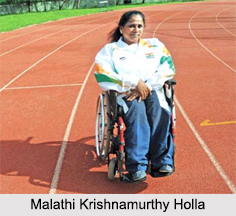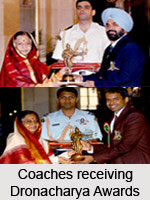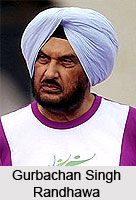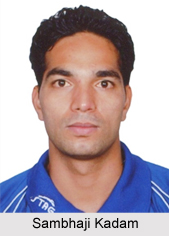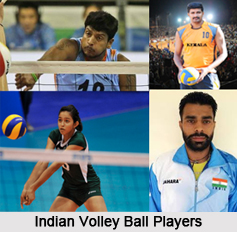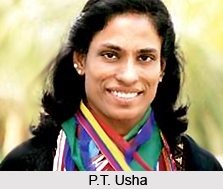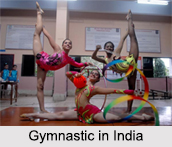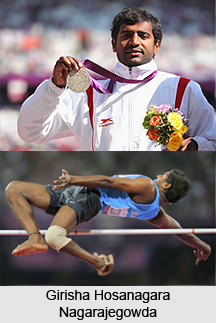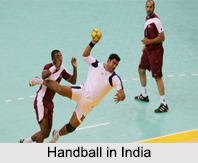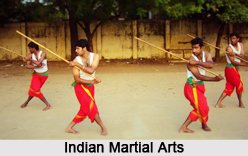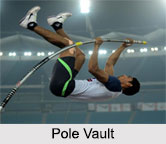Rules of golf have various sides to it and help to make the game interesting. Below are the rules of the game that are discussed in detail.
1. Winner
(a) Match Play: In match play the game is played by holes. A hole is won by the side which holes its balls in the fewest strokes. And a match which consists of a stipulated round is won by the side which is leading by number of holes greater than the number of holes remaining to be played.
(b) Stroke Play: The competitor who plays the stipulated round or rounds in the fewest stroke is the winner.
2. Practice
(a) Match Play: On any day of a match play competition a player may practise on the competition course before a round.
(b) Stroke Play: A competitor is not allowed to practise on the competition course or test the surface, of the putting green before a round or playoff.
3. Strokes Taken:
The number of strokes a player has taken includes any penalty strokes incurred. In both match play and stroke play a player who has incurred a penalty should inform his opponent/marker as the case may be.
4. Order of Play:
The side which shall have the honour at the first teeing ground is determined by the order of the draw or decided by lot in both match play and stroke play.
5. Teeing:
Teeing ground is the starting place for the hole to be played. In teeing, the ball may be placed on the ground, on a tee, rand or other substance in order to raise it off the ground.
6. Ball Falling off Tee:
If a ball, when not in play, falls off a tee or is knocked off a tee, it may be re-teed without penalty.
7. Identifying Ball:
The responsibility for playing the proper ball rests with the player.
8. Stroke:
A stroke is the forward movement of the club made with the intention of fairly striking at a moving ball. A player is not allowed to play while his ball is moving.
9. Playing a Wrong Ball:
In match play if a player plays a stroke with a wrong ball except in a hazard he shall lose the hole. In stroke play, he shall add two penalty strokes to his score and shall then play the correct ball.
10. Ball in Motion Deflected or Stopped:
If a ball is accidentally deflected or stopped by any outside agency no penalty is incurred. But if the ball is deflected or stopped by the player, his partner or either of their caddies or equipment in a match play will lose the hole. In stroke play the competitor shall incur a penalty of two strokes.
11. Ball Unplayable:
At any place on the course except in a water hazard a player may declare his ball unplayable. He shall be under penalty of one stroke and play his next stroke as nearly as possible at the spot from which the original ball was played. Drop a ball within two club lengths of the spot where the ball lay but not nearer the hole.
12. Lifting Dropping:
A ball to be lifted under rules may be lifted by the player, his partner or another person authorised by the player. When a ball is required to be dropped, the player shall stand erect, hold the ball at shoulder height and at arm`s length and drop it. It shall be dropped as near as possible to the spot where the ball lay, but not nearer the hole.
13. Ball Lost: A ball is lost if:
(a) It is not found or identified as his by the player within five minutes after the player`s side has started to search for it.
(b) The player has put another ball into play under the rules, even though he may not have searched for the original ball.
Other Forms of Play
1. Three-some: A match in which one plays against two, and each side plays one ball.
2. Four-some: A match in where two play against two and each side plays one ball.
3. Three-Ball Match Play: In a three-ball match, each player plays two distinct matches.
4. Four-Ball Stroke Play: In four-ball stroke play two competitors play as partners, each playing his own ball. The lower score of the partners is the score for the hole.
5. Bogey, Par and Stableford Competition: These are forms of stroke competition in which play is against a fixed score at each hole.
Golf Course Rule
A golf course, usually between 4500-6500 m in length, is divided into 18 separate holes. Each one of it may be anything between 90-550 m. A hole comprises the following features:
1. A flat teeing ground to make the initial stroke.
2. A fairway of 27-90 m wide of grass extending up to the green or brown in places of dry areas.
3. Green or brown- a prepared putting surface into which a hole of 108 mm
Golf Course Layout
Diameter is sunk and marked by a flag.
In addition, the architect introduces features like streams, ditches, sand filled bunkers, ponds, trees, shrubs and other natural or created hazards offering a fair challenge to golfers of every level of skill.
From the golfing point of view he should provide three or four par 3 and par 5 holes and the remainder of par 4s of varying lengths, running in various directions subjecting the player to different wind conditions. The distances for determining par are as follows:
1. Par 3 - unto 250 yards (228.6 m)
2. Par 4 - 251 to 475 yards (223 - 434.3 m)
3. Par 5 - 475 and above (435 m) and above.





